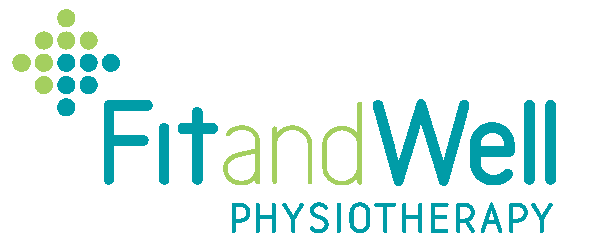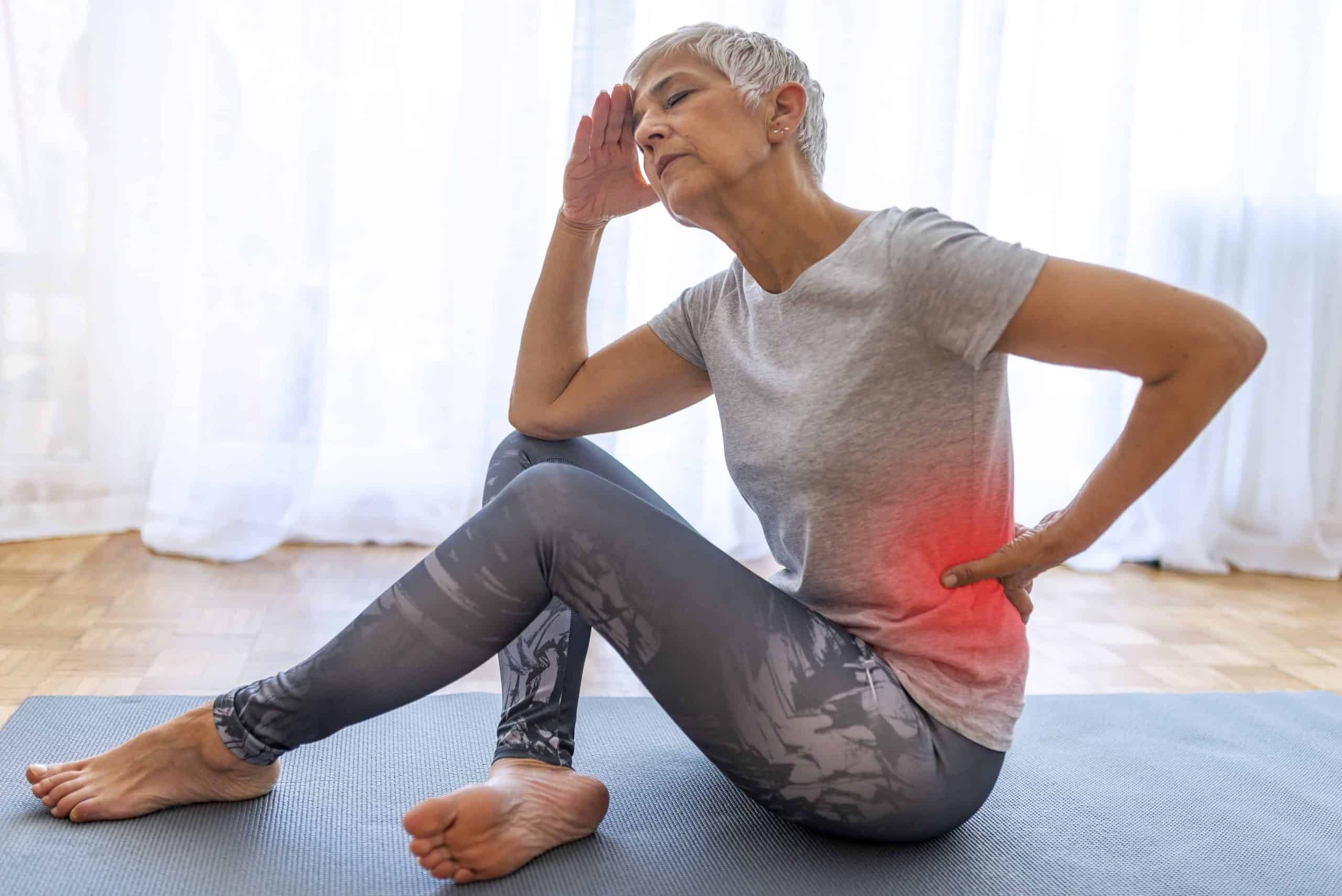When you’re suffering from body aches or general aches and pains, it’s often due to issues relating to your muscles. Muscles drive movement and provide stability so that your bones stay in a suitable position and don’t slide off each other. They generate energy and create or stop movement when force is applied to the body. And because they’re elastic they act like extra shock absorbers or elastic springs.
When you look at meat, the muscle is the red flesh. It’s red because muscles need to use and produce a lot of energy and they get this through the form of blood. Blood contains sugars and nutrients for energy production, so there’s a lot of blood supply to muscles.
Muscles need to attach to the bones to enable the bones to move. They might attach directly to the bone or they might attach via tendons. The tendon is the white sinewy bit that you find in a piece of meat. (Tendons have a lower blood supply and a lot more collagen, which is why they’re white.) Tendons are like the hooks at the end of a cord of a window blind – when you pull on the hook it makes the blind move. In this way, the bone is attached to the muscle or the spring via the hook.
About injuries to muscles
Do you feel your body is sore every now and then? Or have you experienced a sudden muscle pain from a specific incident?
Muscles are like springs in that you can overstretch them. They work by contracting and stretching, particularly if they’re two-joint muscles. Some muscles span over just one bony bridge (joint), but some will span over two. For example, the long head of biceps spans the bit over your shoulder joint but both parts of the biceps muscle span over your elbow joint to make your arms move at the elbow. Strain occurs when overactive/excessive force is generated by the muscle or overstretching occurs, and some or all of the muscle tissue is damaged.
A well-known two-joint muscle injury occurs in the group of muscles called the hamstrings. They join over your hip and then attach to your lower leg bones, so they span over the knee as well and can cause both hip extension and knee flexion. They get your knee to bend, but they also get your hip to extend.
If you overstretch a muscle you can injure it and that will be painful. You can also injure a muscle by getting it to work too hard. Like elastic springs, if you use a muscle repetitively more than its tensile strength can withstand, it will break.
Some of you might remember in the 1980s when a lot of people had repetitive strain injury, or RSI. With the introduction of computer keyboards, people were expected to type a lot faster. They were used to using force on manual typewriter keys but it wasn’t necessary – softer strokes were fine for computers and less force required. Typists didn’t feel tired as quickly and so would take fewer breaks, working continuously for longer periods. So they ended up with RSI in the muscles or tendons of the forearm and wrist.
What we do to help muscles heal
To alleviate body aches and sore muscles, we might advise you to rest the area, apply ice to it, compress the area with a bandage and elevate (RICE). Ideally you should elevate the injured part above the level of your heart. An acute or sudden injury benefits from limiting the degree of inflammation that’s generated for healing. By doing this, you speed up the entire healing process (although initially it stops too much swelling occurring). It’s a bit like applying glue to a piece of damaged wood – you want to put enough glue on to stick the broken bits together, but not so much that you end up with a gluey mess that stops the wood functioning properly.
We may offer you a brace or supports, or gait aids to help take the load off that muscle. Taping can be really good for this because it enables some movement while providing a level of support. But sometimes this isn’t enough. As physios, we know how much support that muscle will need because we can diagnose how severely your muscle is injured.
You might also get a bruise to a muscle, otherwise known as a contusion, and we would manage this initially with RICE as well. We may apply ultrasound therapy or some other kind of electrotherapy modalities, using machines to provide particular energy to the area to enable your body to speed up the healing.
It’s important to emphasise that you need the right amount of support but also the right amount of load to the healing tissues. As physios, we understand the healing process and time it takes for tissues to heal during the various stages of healing. We’ll take into account your specific injury and situation, then work out how much load to put on a muscle at any particular stage.We might help the healing by using hands-on treatments, such as massage, but there are certain times or phases of the healing process where that wouldn’t be suitable. Or we might need to apply some stretch to your muscles.
Muscle fibres are a bit like steel wool fibres. If it’s all matted it’s pretty easy to separate the fibres in the same way that it’s really easy to re-injure a muscle. But if you apply the right amount of stress as the muscle tissue is healing, the body will give ‘advice’ to the cells as they’re healing, so that repairing tissueis‘lined up’ along the lines of stress to produce a stronger structure within the muscle. (It’s actually hard to pull steel wool apart if you pull it in the right direction.)So by giving it the right loading at the right time, you prevent future injuries occurring because the body’s a little stronger from the stress that you’ve applied to it.
You also have to regain your strength in the injured muscle. That means the appropriate amount of loading in the right direction with the correct amount of timing, force and frequency, depending on what activity you want to get back to. If you wanted to return to, for instance, long-distance running, we wouldn’t get you to do lots of short sprints. We’d be thinking about your goals and how we can help you achieve those goals by getting you to load those tissues and rehabilitate at the rate that your body needs.
It might mean looking at your whole body, taking into consideration what caused the problem in the first place. We’d also consider the various stages of healing and the forces taken by different parts of the body when you make the movements you undertake most frequently and the forces you need to generate for your daily activities. In a lot of cases, particularly with muscles, people tend to adapt. Sometimes the problem is a postural problem where you’ve adapted to being weak in one area by getting really strong in another. But that other area might not be designed to take the degree of load that you put on it.
We would assess why this has happened and what problems may be developing as a compensation. Then we’d work other muscles so that we don’t overload the area that’s already prone to injury. That way, we’ll also prevent you from having another injury.
The other thing we have to consider in terms of muscle is restoring the timing. For example, lower back injuries are often out of timing. If we can restore the timing of contraction of the right muscles, you’ll have approximately 33% lower risk of re-injuring your back. Getting that right requires an understanding of coordination and when muscles should be working in-phase or out-of-phase with the other muscles, because a group of muscles doesn’t work in isolation. Every joint is surrounded by different muscles and having them work in the right pattern makes a difference to your overall performance. We’ll look at that and work out how best to get you to exercise, move, strengthen or regain movement so that you get the best function available for you.


